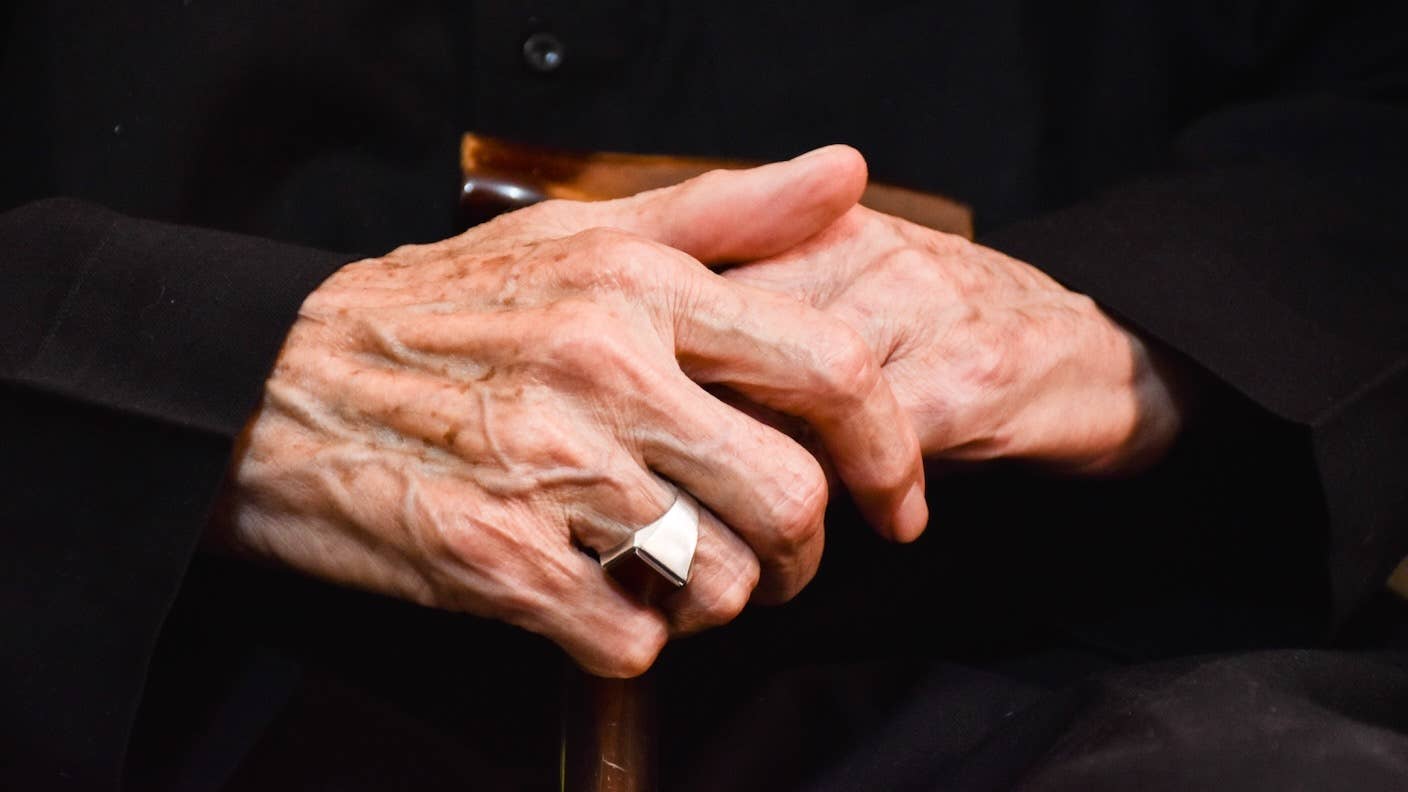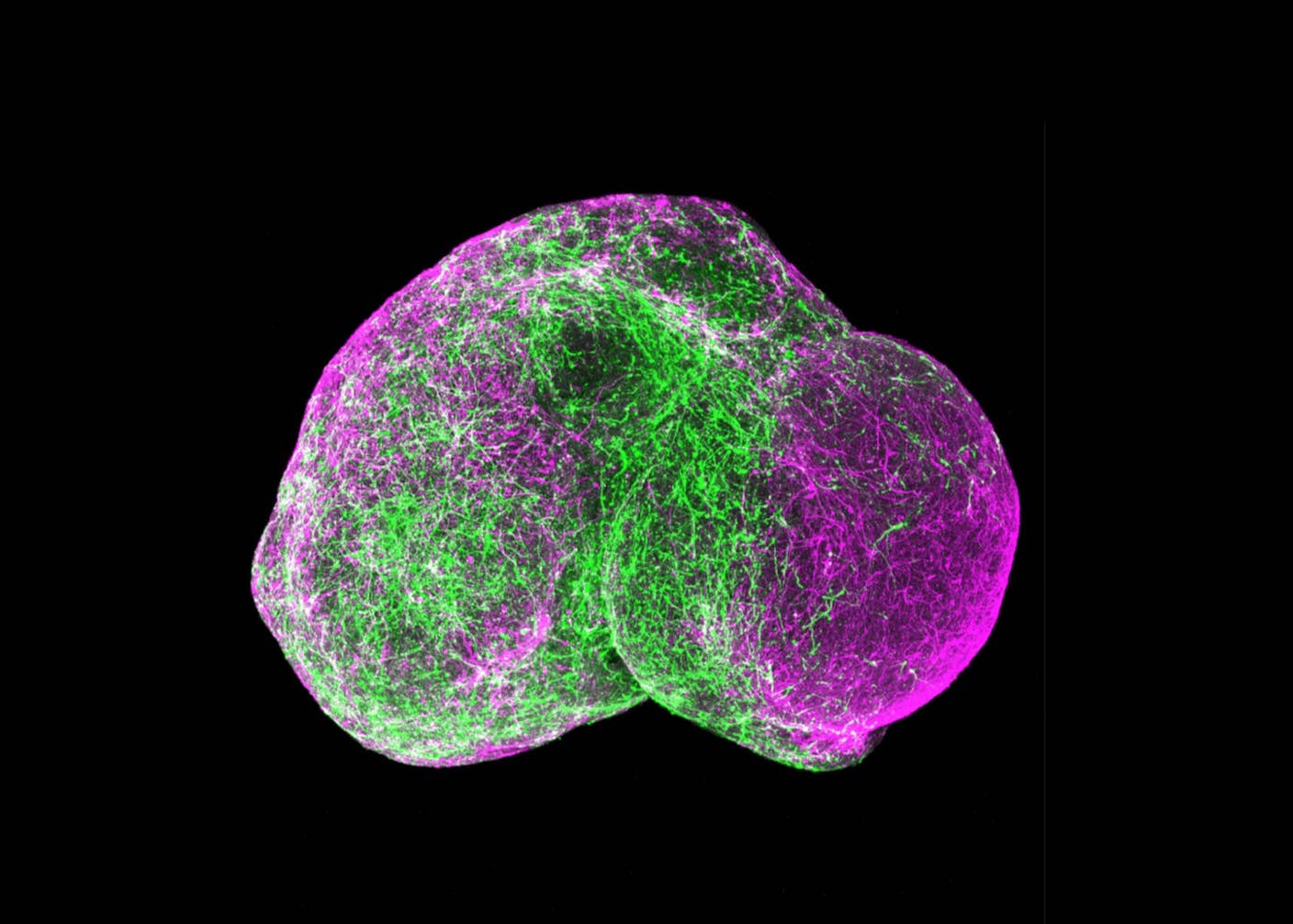We’re Inching Closer to Answers for Why We Age and How to Slow Down the Clock

Share
Why do we age? And how can we slow down the clock?
This year, we inched closer to answers. Longevity research continued decoding the core causes of aging in the battle to ease age-related disease and extend health as we go grey.
A group of studies pinpointed a surprising blood protein that supports multiple anti-aging therapies, such as exercise and young blood. Together, they homed in on a critical driver for brain aging—long-lasting inflammation throughout the body. The results suggest that lowering inflammatory molecules in the body, rather than directly in the brain, could potentially rescue age-related cognition and prevent memory problems.
Scientists are also building increasingly sophisticated “aging clocks” to measure biological age—the accumulation of the hallmarks of aging, rather than the number of years we’ve lived.
It’s no surprise that people age differently due to genetics and lifestyle. However, a blood test found that different organs in the same person also age at their own paces. The insight could lead to personalized therapy. By detecting faster-aging organs, it’s possible we can predict a person’s risk for a variety of age-related diseases and provide early intervention. These tailored treatments could stave off age-related problems such as memory loss, bone weakness, diabetes, high blood pressure, or other chronic killers.
Outside the lab, the field has captured the imagination and pocketbook of notable donors. In November, the XPRIZE Foundation offered a staggering $101 million prize to scientists exploring methods to retain muscle, brain, and immune health as we age in the “largest competition in history.” The seven-year contest seeks to bring therapeutics for healthy aging to the clinics—so that we can live vibrant lives well into our sunset years.
Here are some other themes in longevity research that could guide the field into the future.
Goodbye Muffin
Slashing calories in flies, worms, and rodents lengthens their lifespans and maintains health in old age.
This year, one of the largest anti-aging studies extended the findings to humans. Called CALERIE, the study provided compelling evidence that cutting calories slows signs of aging in humans.
The randomized control trial—a gold standard in clinical research—recruited healthy volunteers between their 20s and 50s and asked half of the recruits to cut their daily calorie intake by 25 percent for two years. The calorie cut roughly works out to one less muffin a day.
Although the diet didn’t change volunteers’ biological age, it slowed the pace of aging compared to a control group that maintained their usual eating habits. The dieting group saw improvements in multiple metabolic biomarkers and reduced levels of senescent “zombie cells,” which accumulate with age. These cells lose their normal functions and pump out toxic molecules that increase inflammation and harm surrounding tissues.
The trial lasted only two years, so it’s too early to assess the long-term impact on health. But estimates suggest the lifestyle change could reduce mortality risk by up to 15 percent—similar to quitting smoking. More broadly, we now have evidence for one of the most prominent longevity theories in humans: That lowering calories by just a bit, without sacrificing nutrients, boosts healthy longevity.
Forget Dieting, How About a Taurine Feast?
Dieting for years isn’t exactly appealing. It’s also hard to maintain.
A study this year in mice and monkeys found it may be possible to slow aging by increasing a simple ingredient in the diet—taurine, a type of chemical called an amino acid that's produced by our bodies and found in energy drinks and baby powder.
Amino acids usually make up the proteins supporting cellular processes and physical structure. Taurine’s an oddball, in that it doesn’t incorporate into proteins. Instead, it floats free inside the body to support brain development, eye health, and digestion. Our bodies readily produce taurine, but its levels drop precipitously with age.
The new study, decades in the making, asked if supplementing taurine levels slows aging. One test gave middle-aged mice taurine in addition to their normal diet. Compared to peers that didn’t receive the supplement, treated mice lived up to 12 percent longer and seemed younger. Their bones and muscles regained strength and flexibility. Their memory also improved. Similar benefits were seen in middle-aged monkeys with a steady diet of the supplement.
Mice and monkeys are not men. For now, it’s unclear if the amino acid works in humans. The dosages are far higher than the usual daily intake in humans.
Be Part of the Future
Sign up to receive top stories about groundbreaking technologies and visionary thinkers from SingularityHub.


But earlier studies suggest supplementing taurine benefits aging. For example, an analysis of nearly 12,000 people found that high taurine levels correlated with lower blood sugar and a protein marker associated with chronic inflammation and aging. In contrast, taurine levels tanked in people with age-associated disorders such as diabetes, whereas exercise—a well-known guardian against age-related problems—increased its levels. Initial results from small clinical trials suggest the amino acid lowers oxidative stress, a process that damages cells and contributes to aging.
An Aging Biomarker That Crosses Species
Humans live decades. Mice, a few years. It’s no wonder that most longevity studies are performed in lab animals with a far shorter lifespan. But can any resulting therapies apply to humans?
A comprehensive study suggests yes. The scientists analyzed RNA profiles from 41 different species to find common biomarkers for aging. The results bolstered previous findings for the biological mechanisms linked to age-related health decline. For example, reduced IGF-1 signaling, a protein that controls growth and blood sugar levels, increased lifespan across multiple species, likely by reducing inflammation. Mitochondria and metabolic health, which help convert food and oxygen into energy, were also essential for healthy aging.
The results show different species share common themes and biomarkers in aging, making it possible to rationally design and screen for anti-aging therapies that translate to humans.
What’s Next?
With over 100 clinical trials in the works, the race for an “elixir of life” is moving at breakneck speed.
While exciting, the field needs to consider accessibility. Companies are already giving wealthy people experimental “anti-aging” therapies not yet approved for longevity use. Much of the globe is rapidly aging and access to health-extending drugs could lower the global burden of age-related chronic disease.
Longevity interventions could shake up social dynamics and change our perception of what it means to be “elderly” as well as impacting related regulations, such as retirement age or social programs.
This year, researchers called for “responsible” research and guidelines for how aging research can benefit society as a whole. Meanwhile, the United Nations released a comprehensive report outlining the economic, societal, and healthcare impacts of the world’s aging population—and a plan of action to transform scientific discoveries into therapy and policy.
Once maligned as a frivolous search for the fountain of youth, longevity research is now one of the fastest-growing biomedical fields. Let’s see what next year brings.
Dr. Shelly Xuelai Fan is a neuroscientist-turned-science-writer. She's fascinated with research about the brain, AI, longevity, biotech, and especially their intersection. As a digital nomad, she enjoys exploring new cultures, local foods, and the great outdoors.
Related Articles

AI Can Now Design Proteins and DNA. Scientists Warn We Need Biosecurity Rules Before It’s Too Late.

Kids With Spinal Muscular Atrophy Show Dramatic Improvement With FDA-Approved Gene Therapy

Five-Year-Old Mini Brains Can Now Mimic a Kindergartener’s Neural Wiring. It’s Time to Talk Ethics.
What we’re reading